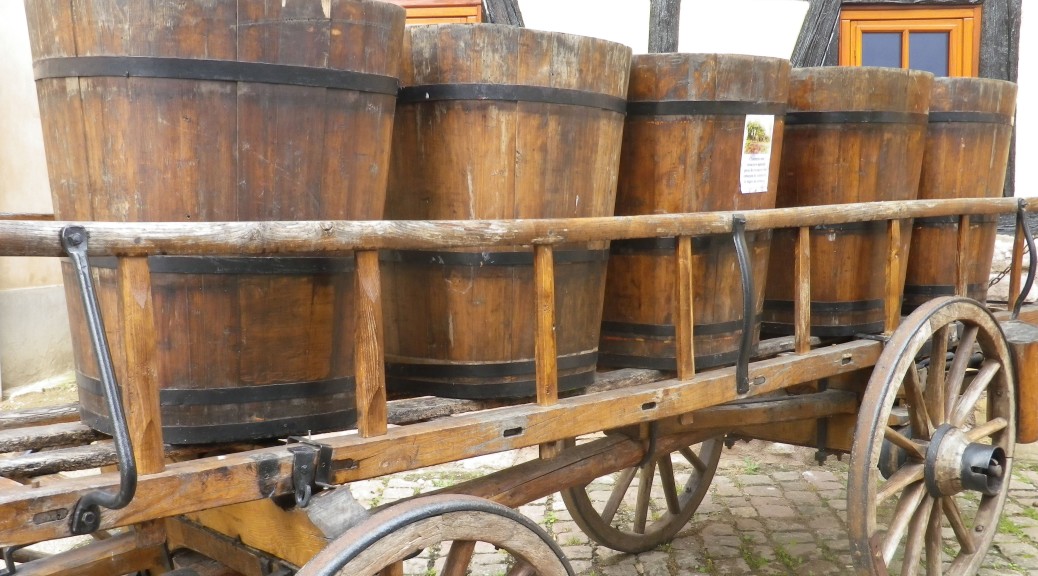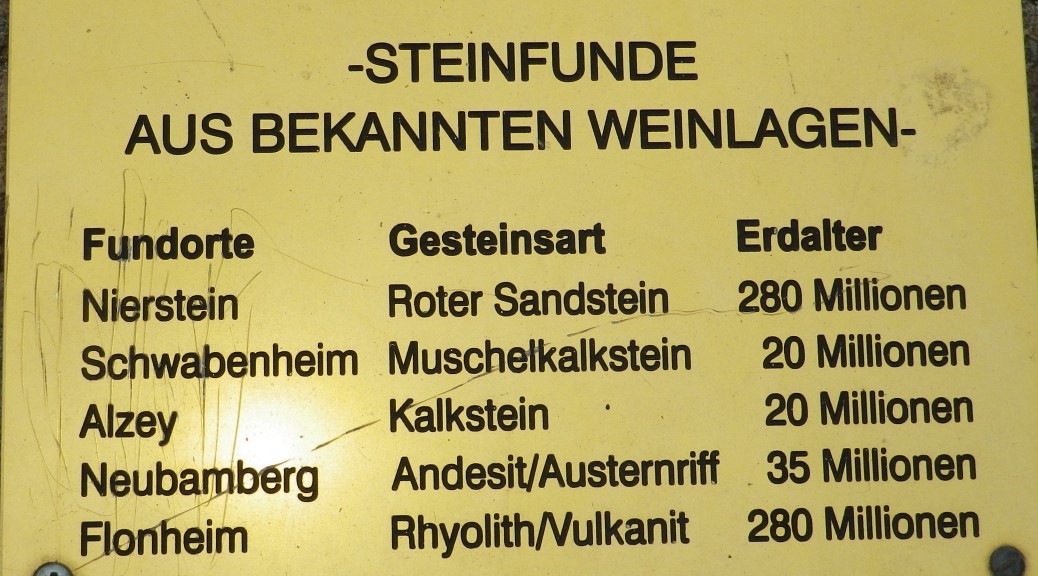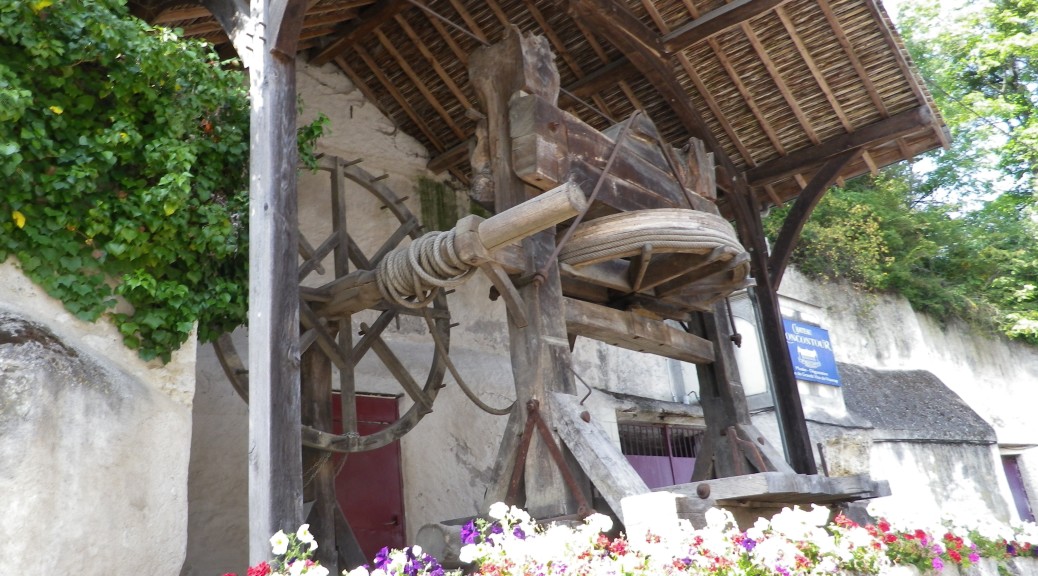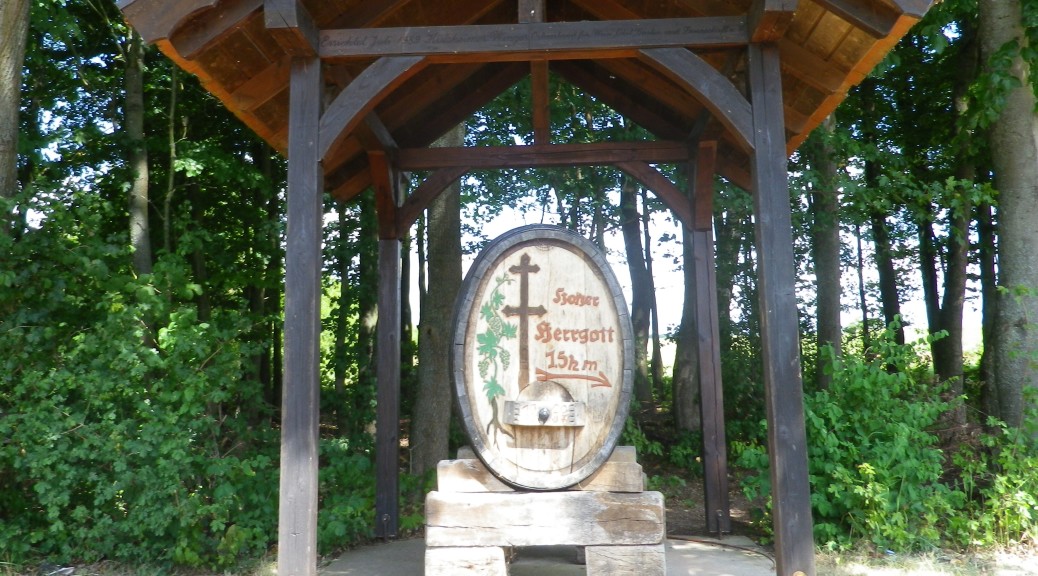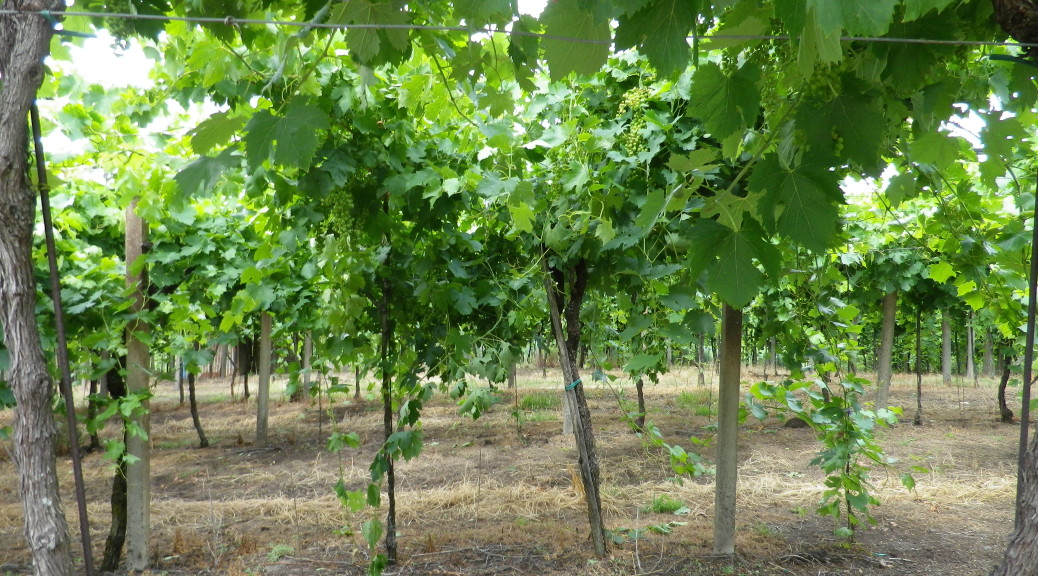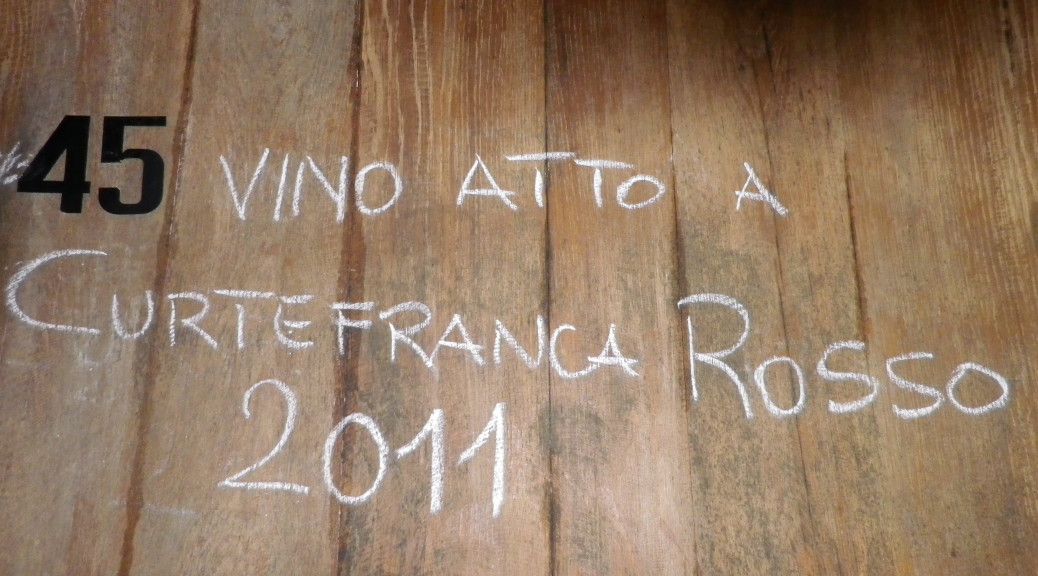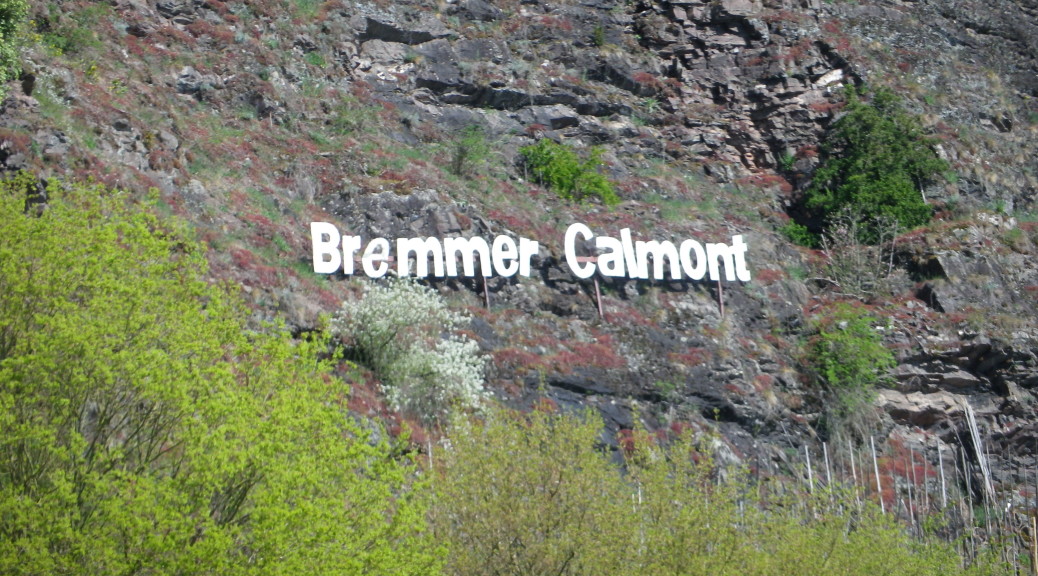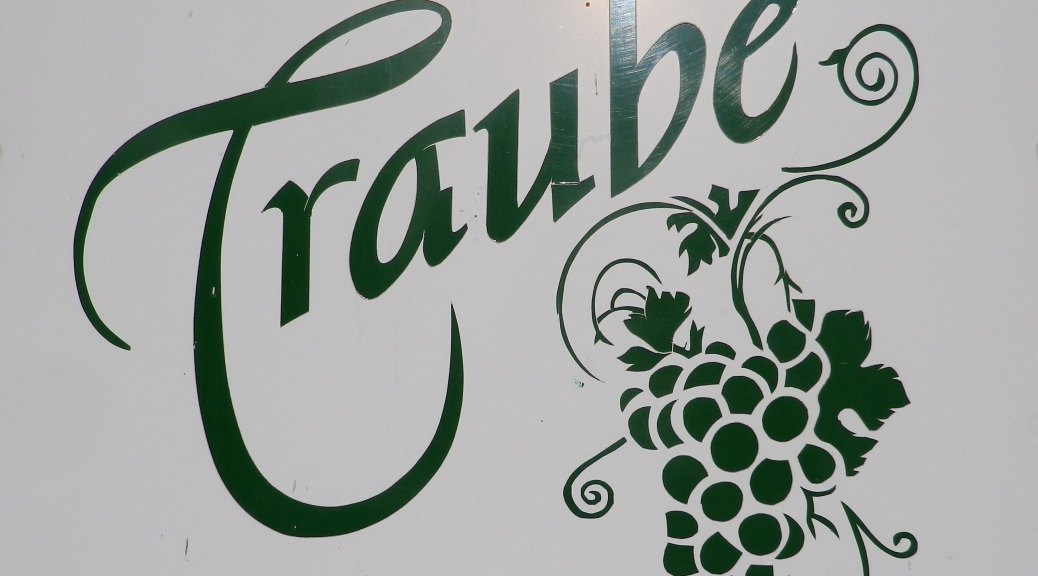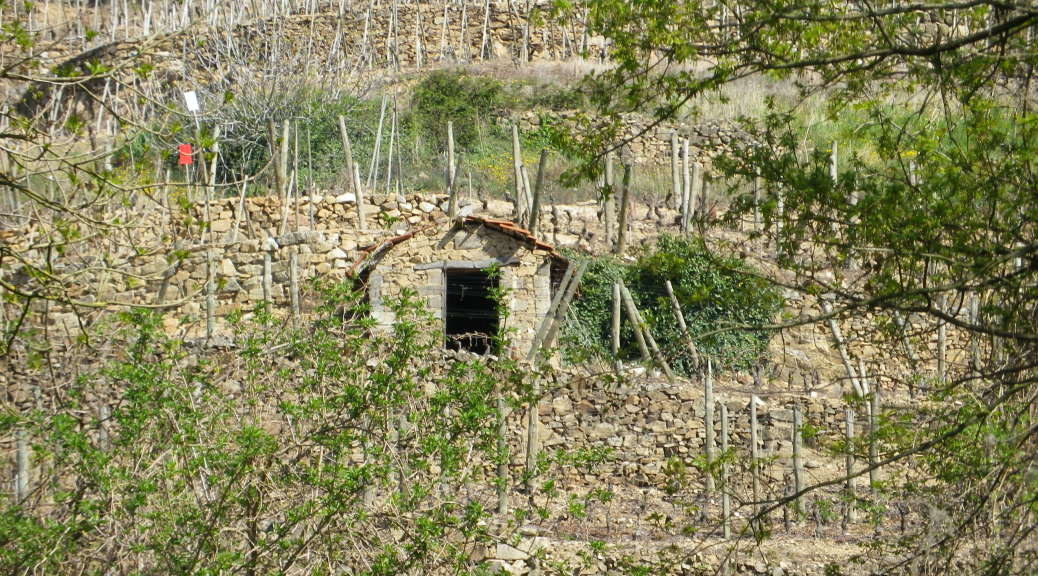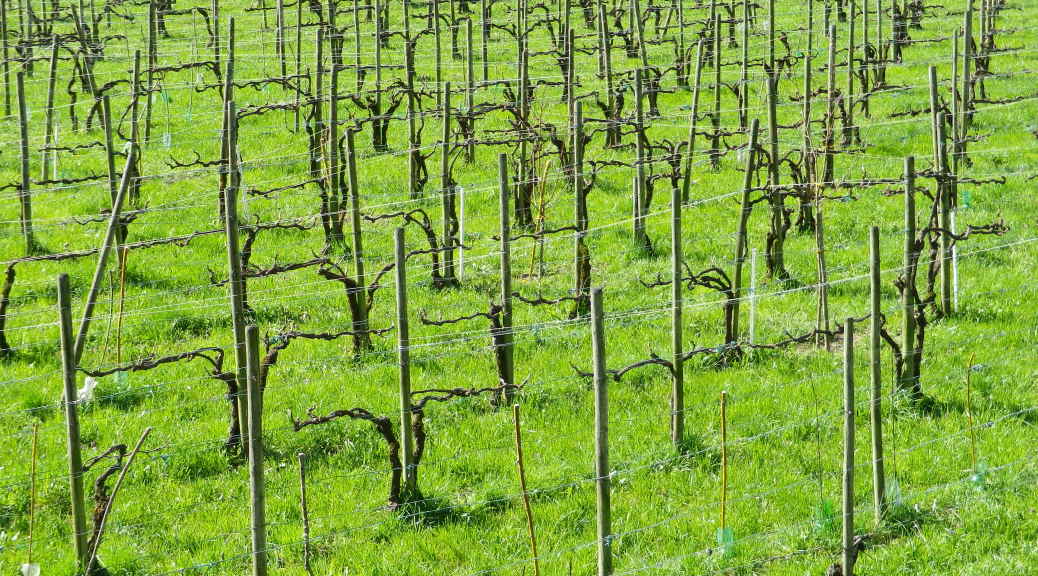What I Learned
Alsace’s Haut-Rhin (Upper Rhine) area’s interesting geological history resulted in some great terroirs. It was initially born of volcanic activity. Once spent, the volcanic mountains collapsed on themselves, and an ancient sea covered the area. Then two mountain chains arose (the Vosges in France, and the Black Forest range in Germany), and the ancient Rhine river poured through the resulting valley. As the river receded to its current banks, it exposed the slopes of the Vosges, on which the Alsatian vineyards currently lie. The soil here is incredibly complex, thanks to this geological history, and it results in minerally, and complex wines.
